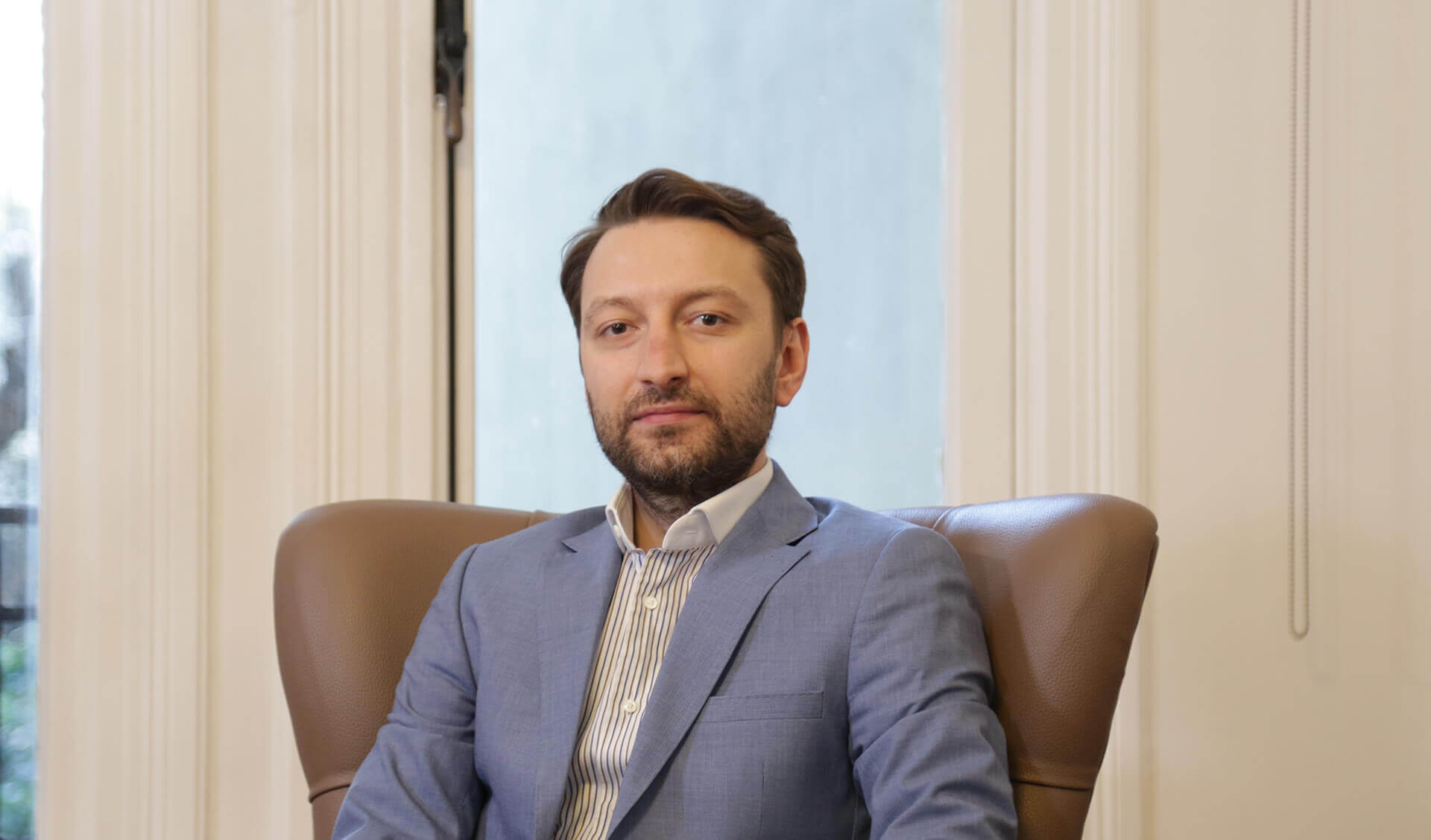Revision (secondary) rhinoplasty involves rearranging the skeleton system and structure of nose, obtaining cartilage from ribs or ears if necessary and achieving more functional and aesthetic nose anatomy in three dimensions.
When preparing for this process, it is crucial that the doctors discuss every detail with the patient in consultation process, doing endoscopic examination and three-dimensional nose and face analysis.
In revision nose surgeries, frequent complications after rhinoplasty such as nose tip sagging, asymmetry of nose tip, nose back asymmetry, nose cartilage problems, extreme narrowness of nose tip, collapse and retractions on wings, inverse V deformity, bone side wall deformities and nose cartilage perforations are fixed.

 en
en TR
TR EN
EN DE
DE FR
FR RU
RU BG
BG AR
AR ES
ES PT
PT